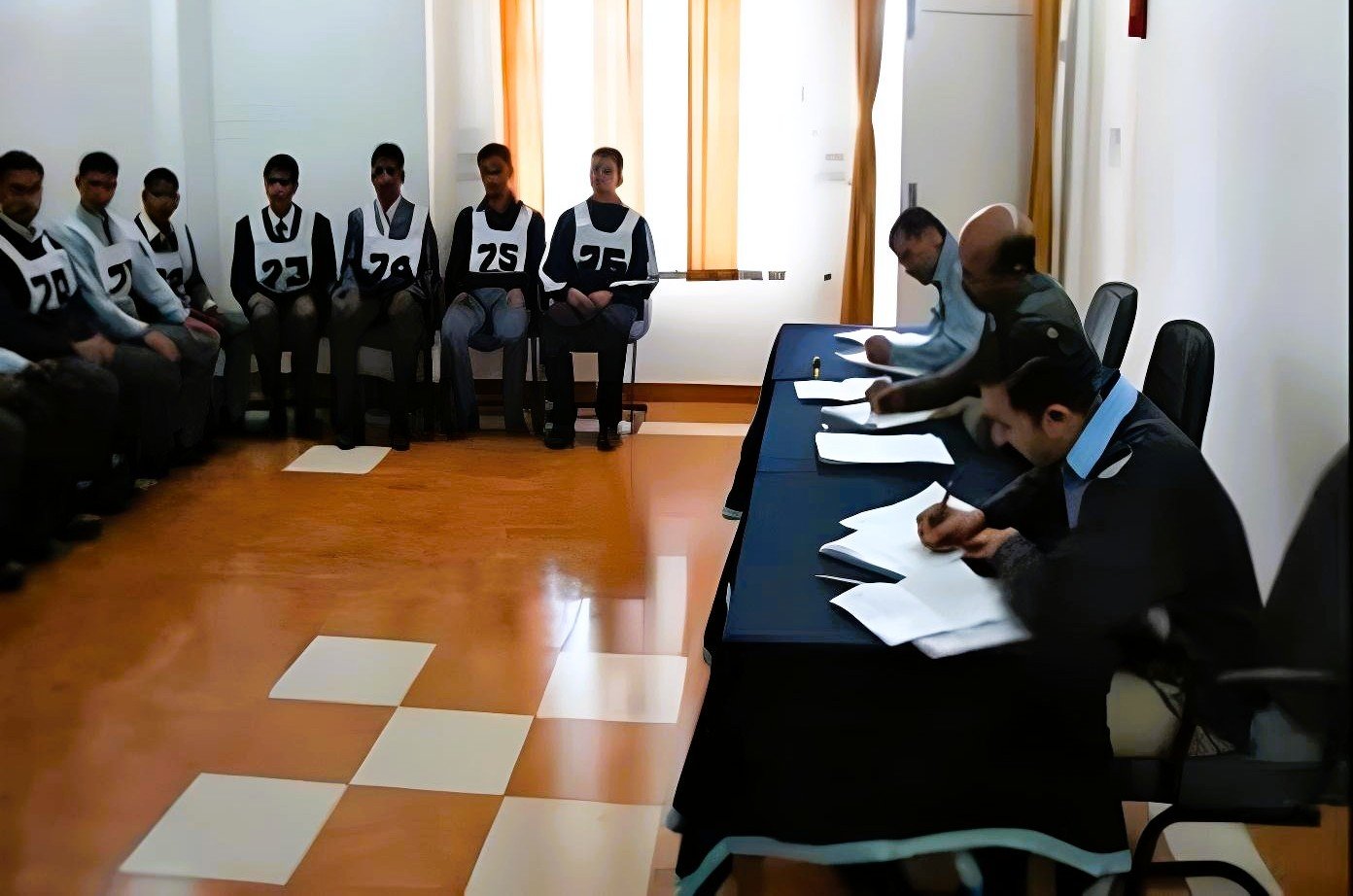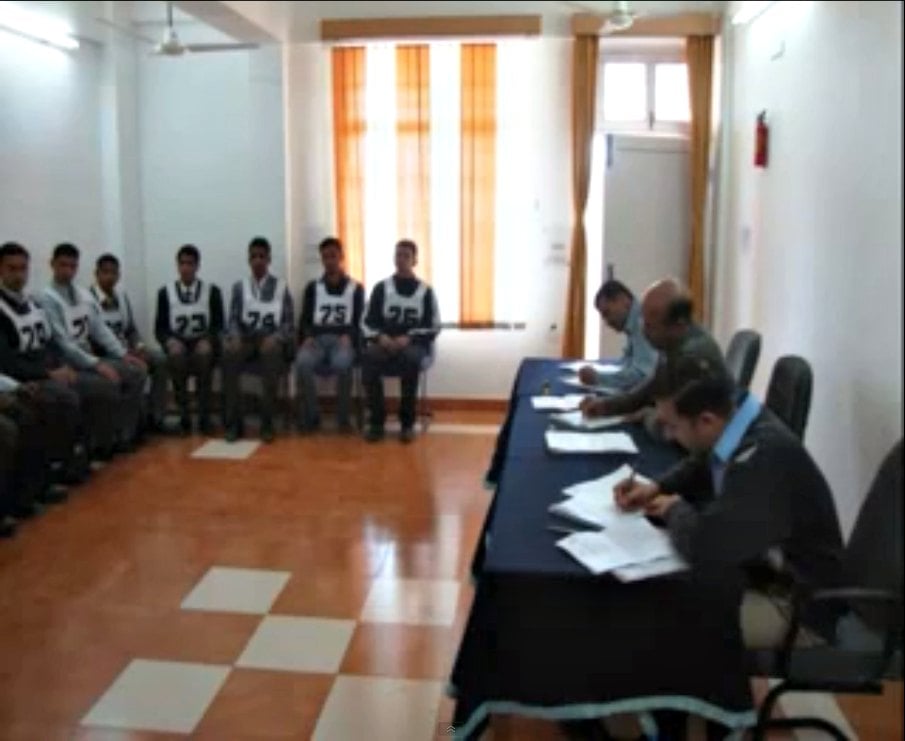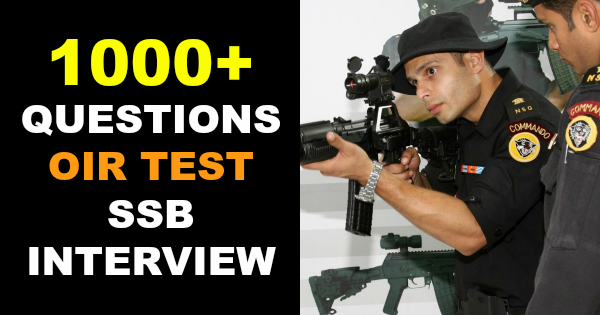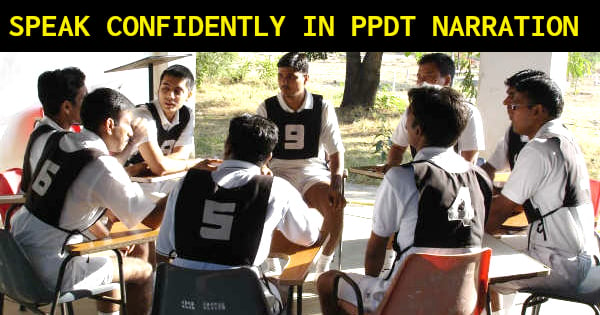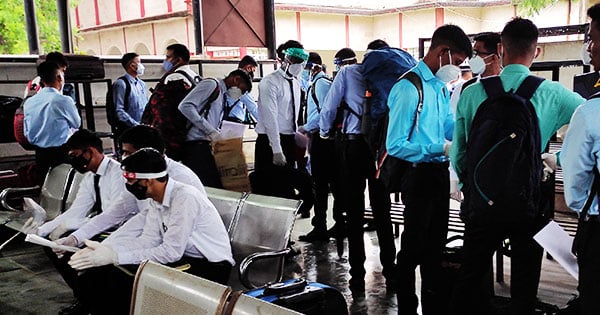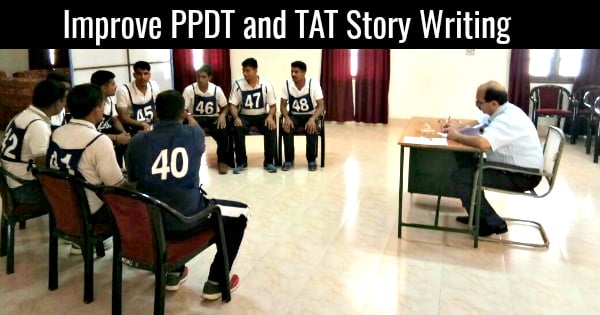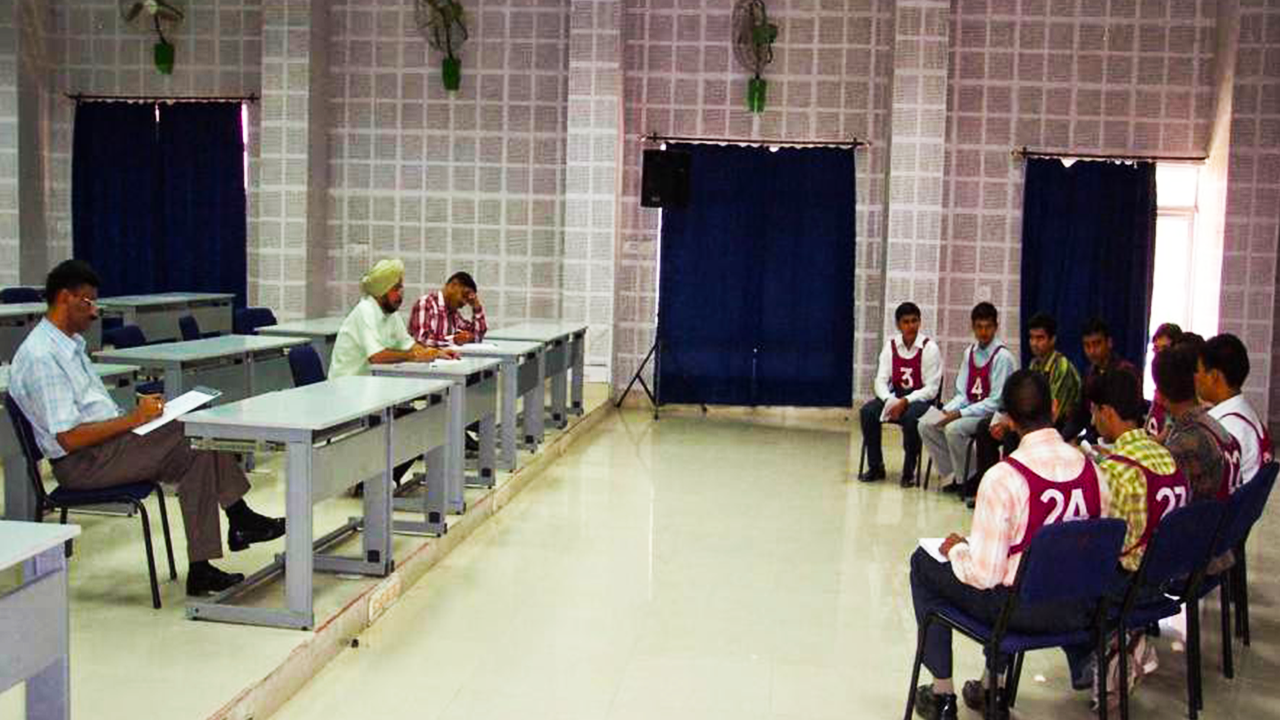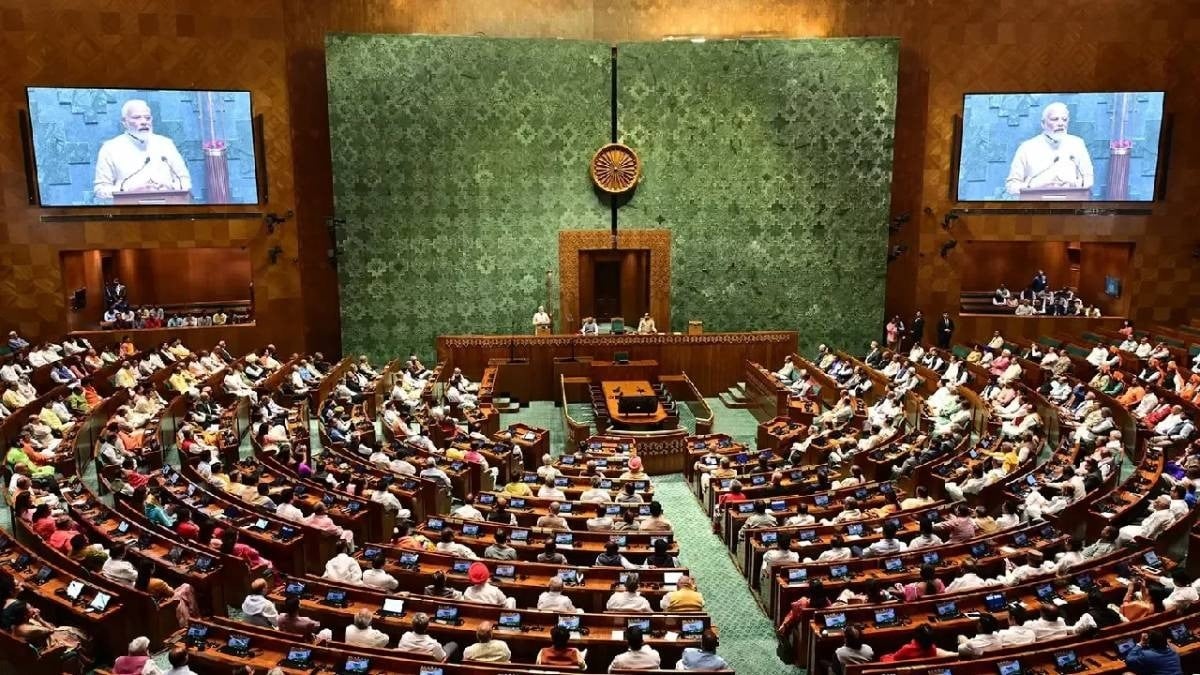The Screening Test in the Services Selection Board (SSB) interview is a crucial phase for aspirants hoping to enter the Indian Armed Forces. This foundational assessment aims to evaluate a candidate’s aptitude and overall suitability for a career as an officer. The test consists of two main components: the Officer Intelligence Rating (OIR) Test and the Picture Perception and Description Test (PPDT). Understanding how to navigate these components can significantly enhance your probability of success.
Understanding the Screening Test Structure
The Screening Test is methodically designed to assess a range of skills and attributes necessary for an effective career in the armed forces. The two components are:
-
Officer Intelligence Rating (OIR) Test
- This segment primarily evaluates your verbal and non-verbal reasoning abilities through multiple-choice questions. It includes:
- Verbal Reasoning: Questions on analogies, synonyms, antonyms, and sentence completion.
- Non-Verbal Reasoning: Assessments that require interpreting patterns, shapes, and logical sequences.
- This segment primarily evaluates your verbal and non-verbal reasoning abilities through multiple-choice questions. It includes:
- Picture Perception and Description Test (PPDT)
- In this test, candidates are shown a blurred image for about 30 seconds and then tasked with crafting a story based on their interpretation. Following the writing phase, candidates engage in a group discussion to narrate their stories and collectively draft a common narrative.
Preparing for the OIR Test
Regular Practice
Consistent practice is key to excelling in the OIR Test. Familiarize yourself with diverse types of questions through online resources, reference books, and past examination papers. Regularly solving reasoning questions not only sharpens your skills but also enhances your speed and accuracy.
Time Management
Given the time constraints inherent in the OIR Test, managing your time efficiently is vital. Aim to allocate a specific duration to each question and avoid dwelling excessively on any single item. Attempt all questions, as there is no negative marking.
Strengthen Your Fundamentals
A firm understanding of basic mathematical concepts and verbal reasoning principles will expedite your answering process. Strive to grasp underlying principles rather than relying solely on memorization.
Use Elimination Techniques
When confronted with multiple-choice questions, utilize the elimination technique to narrow down your options. This strategy boosts your chances of selecting the correct answer, particularly when uncertainty lurks.
Stay Calm and Focused
Maintaining composure during the test is critical. Anxiety can cloud your judgment, so employ relaxation techniques to manage stress effectively.
Mastering the PPDT
Analyze the Picture Thoroughly
During your 30-second observation period, scrutinize the image for details. Identify the characters, their age, gender, mood, and any relevant objects or actions present. This analysis will form the narrative foundation.
Structure Your Story
A well-organized story is essential for impactful storytelling. Aim for a clear beginning, middle, and end. Introduce conflict or challenges, detail character actions, and conclude with a resolution.
Write a Positive and Realistic Story
Your narrative should epitomize leadership, teamwork, and problem-solving capabilities. Eschew overly dramatic scenarios; instead, focus on crafting a plausible and relatable story.
Practice Narration
Once your story is complete, practice its narration out loud. Pay heed to your tone, pacing, and clarity. Eye contact with your audience during narration will convey confidence.
Effective Participation in Group Discussion
Engage Actively
The group discussion is your chance to showcase communication and teamwork skills. Contribute constructively and listen attentively to others, fostering a collaborative atmosphere.
Avoid Dominating the Conversation
While it is important to articulate your viewpoints, ensure you do not monopolize the discussion. Strike a balance between sharing your thoughts and allowing others to express their insights.
Manage Conflicts Constructively
In the event of disagreements, approach them diplomatically. Aim for common ground and guide the conversation toward a productive outcome rather than escalating tensions.
Support Others
Encouraging quieter participants to share their views fosters inclusivity. Use phrases like “I agree with what you mentioned and would like to add…” to build on others’ points.
Common Mistakes to Avoid
Writing Clichéd Stories
Using generic names like “Ram” or “Mohan” can detract from storytelling. Choose unique names to add depth and ensure your scenarios align well with the picture.
Overly Complex Narratives
Complexity may confuse assessors; keep your narrative straightforward and relatable without sacrificing creativity.
Neglecting Group Dynamics
Failing to participate in the group discussion can undercut your chances of selection. Engage actively to contribute to a cohesive story.
Ignoring Time Constraints
Be vigilant about time limits during both the PPDT and group discussion. Practice articulating thoughts concisely for effective communication.
Developing Communication Skills
Public Speaking Practice
Engage in public speaking activities, such as debates or presentations, to build confidence and sharpen your articulation.
Active Listening
This skill is vital for effective communication. Attentively consider contributions from peers to respond thoughtfully and enrich the discussion.
Maintain Composure
In high-stress situations, maintaining calm is crucial. Utilize techniques like deep breathing to manage anxiety.
Physical and Mental Fitness
Maintain a Healthy Lifestyle
Physical fitness positively impacts mental alertness and performance. Regular exercise, a balanced diet, and ample rest are essential leading up to the test.
Stress Management Techniques
Integrating mindfulness practices like meditation or yoga can significantly reduce anxiety and enhance focus.
Mock Tests and Simulations
Conduct Practice Sessions
Participating in mock tests can help you acclimate to the exam environment and time constraints, ultimately building confidence.
Group Practice Sessions
Engaging in group discussions with peers can hone collaborative skills and provide feedback on your narratives.
Seeking Guidance
Learn from Experienced Candidates
If possible, connect with individuals who have successfully cleared the SSB interview. Their insights can be invaluable in preparing effectively.
Utilize Online Resources
Leverage various online platforms and forums where candidates exchange experiences and tips to enhance your preparation.
Conclusion
Successfully passing the Screening Test in the SSB interview presents both challenges and opportunities. By comprehensively understanding the test structure, practicing effectively, and refining your communication skills, you can significantly boost your chances of success. Remaining calm, confident, and focused throughout the process, paired with dedicated preparation and a positive mindset, will set you on the path toward a promising career in the Indian Armed Forces.
